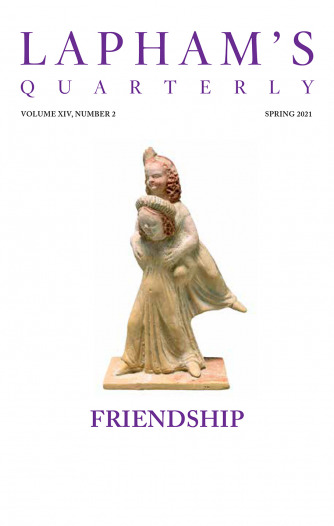’Tis the baleful witching hour,
Lo! the moon withdraws her light;
Hark! from yonder mould’ring tow’r
Screams th’ ill-boding bird of night:
Now doth murders dagger gleam,
Murder by the Furies led;
Now to haunt the villain’s dream,
Yawning graves give up their dead.
’Midst claps of loud thunder,
Rocks rending asunder,
And lightning’s dread glare,
With mischief delighted,
While nature stands frighted,
The Hag mounts the air.
’Midst hail, rain, and snow,
See, see, see, we go,
’Midst hurricane, whirlwind, and storm,
The cattle beneath us,
At once cease to breathe, as
Our pestilent rites we perform.
“The Hag.” By the age of fourteen, Keene had published a translation of Ovid that was critiqued by one reviewer for rendering the poet “like a debauchee.” At age eighteen in 1761, Keene sailed from England to India with her sister, returning to Britain four years later. The feared figure of the night hag—a precursor to the modern idea of a nightmare, often thought to be a demonic witch or succubus who lies atop a sleeping person or kills children—can be found in myths going back to Sumer.
Back to Issue
